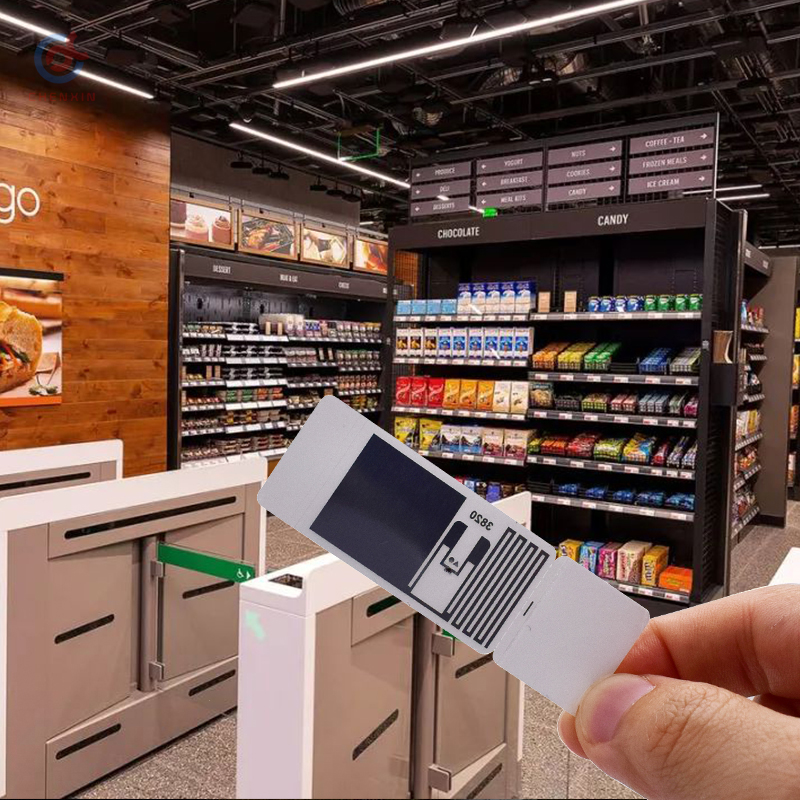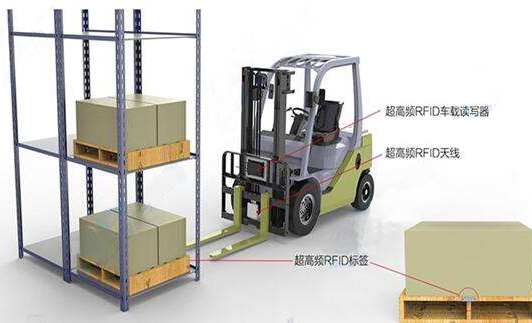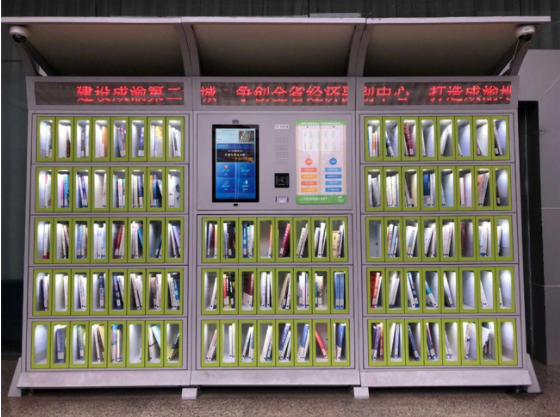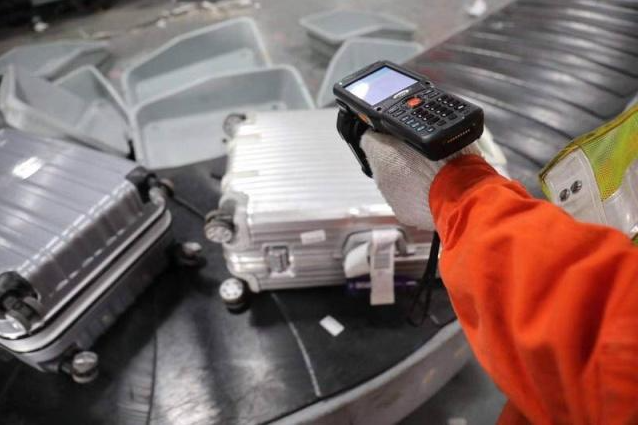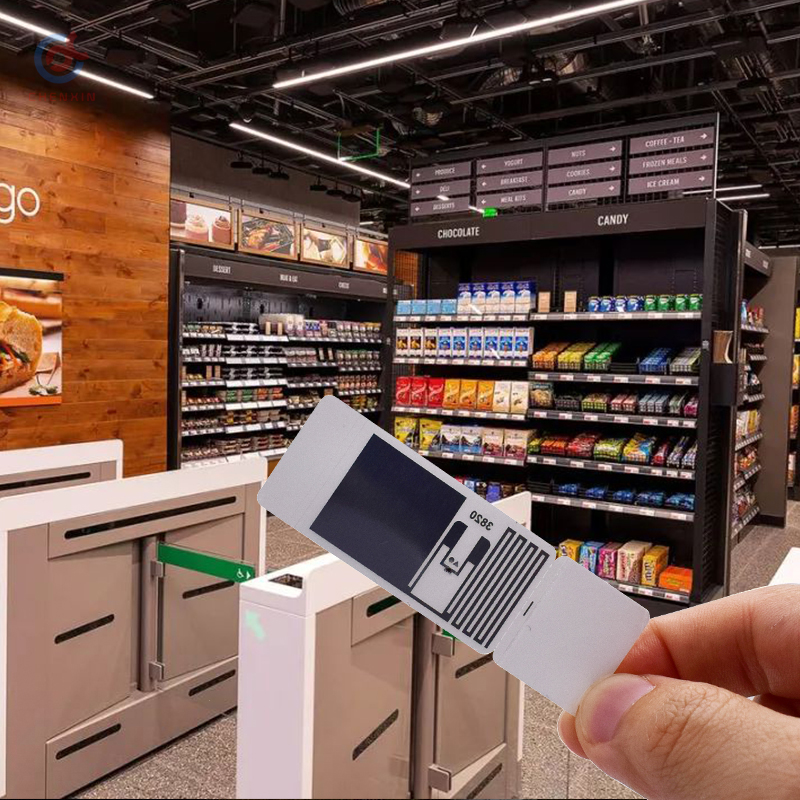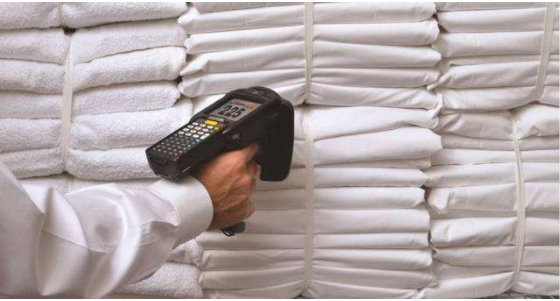With the rapid development of the Internet of Things, the continuous application of RFID technology in various fields, especially in medical, industrial, political, economic, and cultural applications, is undoubtedly the icing on the cake and prosperity.
The Internet of Things has broad application prospects in medical information management and other aspects. At present, the needs of hospitals for medical information management are mainly concentrated in the following aspects: identity recognition, sample recognition, and medical record recognition. Among them, identity recognition mainly includes patient’s identity recognition and doctor’s identity recognition; sample recognition includes drug recognition, medical device recognition, chemical test product recognition, etc.; medical record recognition includes patient status recognition, physical sign recognition, etc.
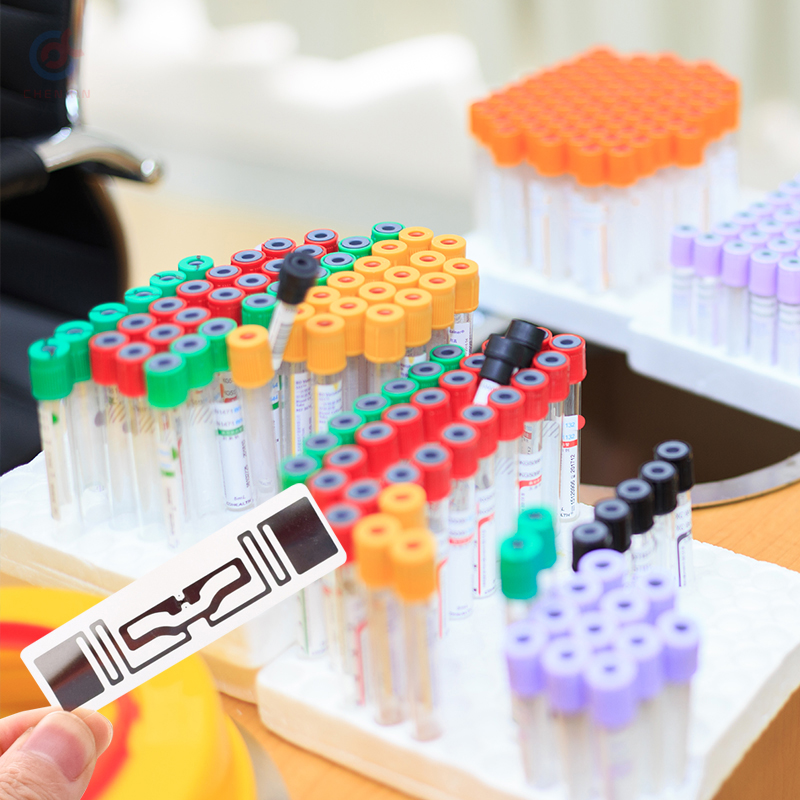
Specific applications are divided into the following aspects:
1. Patient information management
The patient’s family medical history, past medical history, various examinations, treatment records, drug allergy and other electronic health files can help doctors formulate treatment plans; doctors and nurses can monitor the patient’s vital signs, treatment and chemotherapy in real time. Put an end to the use of wrong medicines, wrong injections, etc., and automatically remind nurses to perform medicine distribution and inspections.
2. Medical emergency management
In special situations such as many wounded, unable to get family contact, critically ill patients, etc., with the help of reliable and efficient information storage and inspection methods of RFID technology, the patient’s identity can be quickly confirmed, and the name, age, blood type, emergency contact number, Past medical history, family members and other relevant detailed information, and completion of admission registration procedures, have bought precious time for emergency patients.
In particular, 3G video equipment is installed in the ambulance. When the patient is transported to the hospital, the emergency room can first understand the patient’s physiological condition and strive for the golden opportunity for rescue. If the location is remote, a telemedicine imaging system can even be used for emergency rescue. .
3. Medicine storage.
Apply RFID technology to the storage, use, and inspection process of drugs, simplify manual and paper record processing, prevent shortages and facilitate drug recalls, avoid confusion between similar drug names, dosages and dosage forms, and strengthen drug management. Ensure timely and prepared medicine supply.
4. Blood information management.
Applying RFID technology to blood management can effectively avoid the shortcomings of small barcode capacity, can achieve non-contact identification, reduce blood pollution, achieve multi-target identification, and improve data collection efficiency.
5. Mistake prevention of pharmaceutical preparations.
By adding an error prevention mechanism in the process of taking medicines and dispensing medicines, it is realized in the links of prescription issuance, dispensing, nursing drug delivery, patient medication, drug efficacy tracking, drug inventory management, drug supplier purchase, shelf life and preservation environmental conditions. Information management of pharmaceutical preparations, confirming the types of preparations used by patients, recording the flow of patient use, and keeping batch numbers, etc., to avoid medication errors and ensure patient medication safety.
6. Traceability of medical devices and drugs.
By accurately recording the identity of items and patients, including basic information about product use, specific product information involved in adverse events, areas where the same quality problem product may occur, patients involved in the problem product, and the location of the unused problem product, etc., Trace back to defective products and related patients, control all unused medical devices and drugs, and provide strong support for accident handling.
7. Information sharing and interconnection.
Through the sharing and interconnection of medical information and records, a developed comprehensive medical network is integrated and formed. On the one hand, authorized doctors can check the patient’s medical records, medical history, treatment measures and insurance details. Patients can also choose or change doctors and hospitals on their own; on the other hand, it supports township and community hospitals to achieve seamless connection with central hospitals in terms of information, and can obtain expert advice, arrange referrals, and receive training in real time.
8. Newborn anti-theft system.
Combine the obstetrics and gynecology department of a large general hospital or the maternal and child identification management, baby anti-theft management, and channel authority of the women's and children's hospital to prevent outsiders from entering and leaving at will. In particular, after the baby is born, an "RFID wristband" that can indicate a unique identity should be worn to the baby, and the baby’s information and the mother’s information have a unique correspondence. To determine whether the wrong baby is held, just compare the mother’s The baby’s "RFID wristband" information is sufficient, which avoids accidents of the baby holding the wrong baby.
9. Alarm system.
Through real-time monitoring and tracking of medical equipment and patients in the hospital, it is indicated that the patient sends an emergency call for help, prevents the patient from leaving without permission, prevents the damage or theft of valuable devices, and protects temperature-sensitive drugs and laboratory samples.
RFID technology has made it easier to implement hospitals’ management of materials. The hospital’s use of materials and procurement processes have been further improved, and the use of expired materials has also been prevented, effectively curbing the error links caused by human negligence. The efficient application of RFID technology in the medical industry promotes the development of the modern medical industry, while at the same time providing effective labor guarantees for the safety of use, and has a profound impact on the harmonious development of society.
